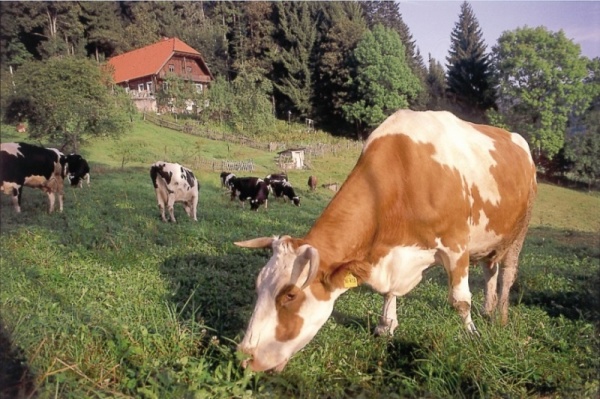Landscape conservation in the Black Forest, Germany
04.06.2012
-
SUBMITTED ORGANISATION :
-
German Association for Landcare (Deutscher Verband für Landschaftspflege, DVL) in cooperation with Landcare Association Central Black Forest (Landschaftsentwicklungsverband Mittlerer Schwarzwald e.V., LACBF)
-
DATE OF SUBMISSION :
-
04/06/2012
-
REGION :
-
Western Europe
-
COUNTRY :
-
Germany (Baden-Württemberg)
-
SUMMARY :
-
The German Association for Landcare (DVL) is the umbrella organization of 155 Landcare Associations (Landschaftspflegeverband, LA) distributed all over Germany. The independent local LAs manage the cultural landscape in Germany, which has been shaped the last centuries by regional land use systems. Not only many species, but also large parts of the German cultural heritage depend on those socio-ecological production landcapes. It is the task of all LA and the DVL to restore and maintain the cultural landscapes by working in cooperation with local municipalities/ authorities, farmer organizations and nature conservationists to strengthen local communities, protect biodiversity and enhance a sustainable livelihood. The Landcare Association Central Black Forest (LACBF) is committed to preserve the cultural landscape of the Black Forest in the southwest of Germany. Due to its traditional land use this regions reflects a mosaic of forests, pastures and grassland. Many species have adapted to the mosaic rich landscape and is dependent on its continuing land use. The LACBF organizes pasture management to keep the grasslands open, supports regional products and offers educational trainings to raise awareness for the very specific country side in the Black Forest.
-
KEYWORD :
-
cultural landscapes, cooperation, nature conservation, landcare, Black Forest, Germany
-
AUTHOR:
-
Marie Kaerlein (DVL), Bernd Blümlein (DVL), Susanne Kopf (LACBF)






